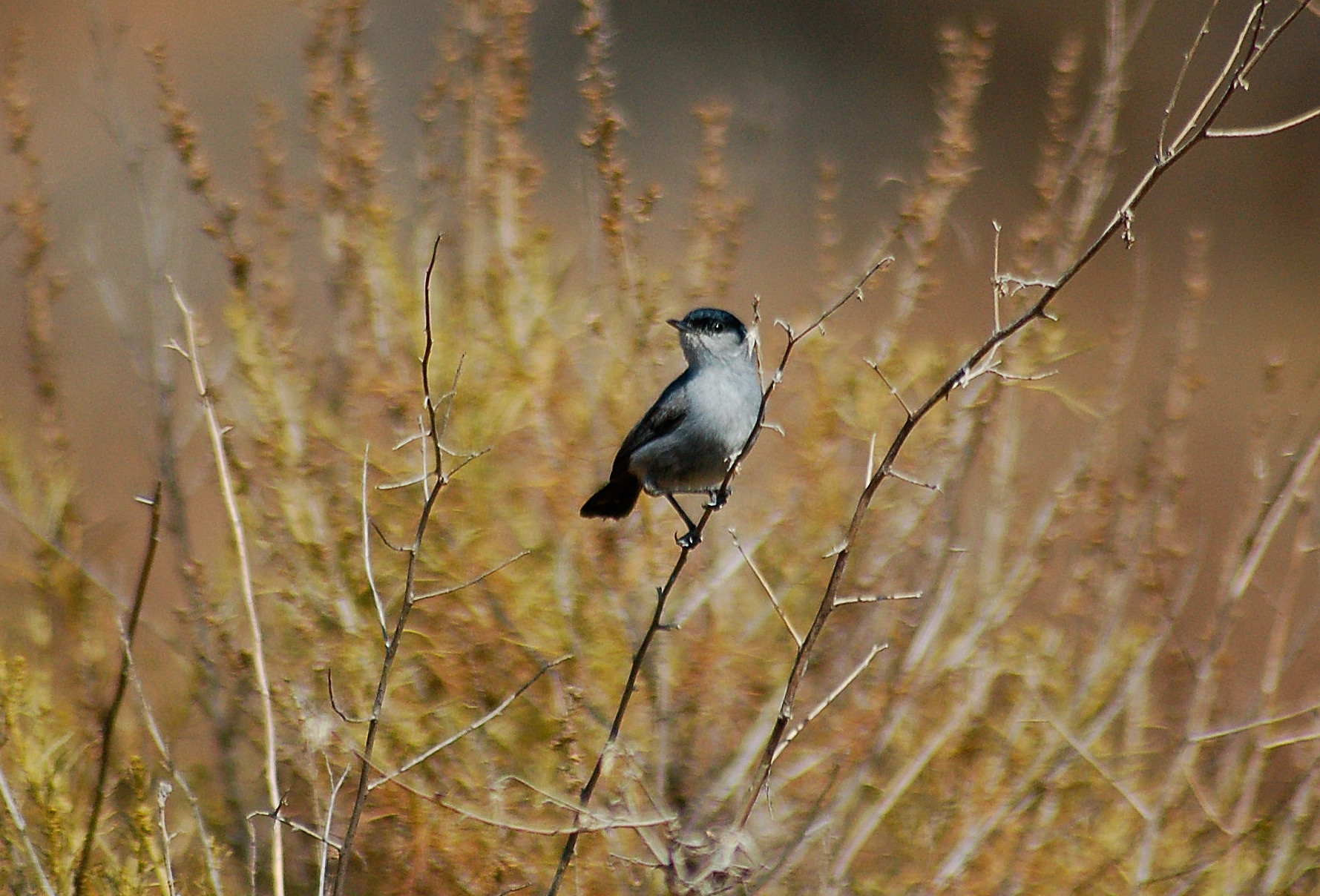
Best habitats for bird conservation consider soil and topography
A new study has revealed that the preferences of birds should be considered for the successful restoration of habitats. While previous projects have been primarily focused on plants to identify the needs of sensitive animals, researchers have found that there is more to an ecosystem than just plants that provide birds with what they need.
Clark Winchell of the U.S. Fish and Wildlife Service teamed up with Paul F. Doherty, Jr. of Colorado State University to explore ways of improving the traditional “single-species -oriented” conservation plan. The study was focused on the coastal sagebrush habitat of the California Gnatcatcher.
Using bird survey data, the team discovered that the probability of colonization by gnatcatchers tripled as the ratio of coastal sagebrush increased from 10 to 40 percent. Another strong predictor of occupancy was the amount of openness in the habitat, and the experts found that 30 to 40 percent openness was ideal.
The most suitable habitat for the birds was also influenced by elevation and soil texture. Winchell and Doherty found that lower elevations and loam or sandy loam soils were most preferred, and that the gnatcatchers preferred southern aspects, shallow slopes, and inland areas.
By using a detailed scale for their analysis, the researchers were able to identify very specific areas that are the most suitable for gnatcatchers. This type of thorough research will better inform conservation efforts and lead to successful restoration projects by providing more accurate guidelines.
“Restoration ecologists are generally not gnatcatcher biologists, and vice versa. Sometimes we tend to place restoration projects where land becomes available after political negotiations,” said Winchell. “We may want to consider what is that parcel of land trying to tell us – what does the land want to be, so to speak – versus assuming we can dictate the final outcome for a location.”
“Considering the entire functionality of the surrounding ecosystem, including the physical components, the biological community, and understanding the dynamism of the ecosystem will lead to improved restoration and wildlife management outcomes and our study is one small step in that direction.”
The research is published in the journal The Condor: Ornithological Applications.
—
By Chrissy Sexton, Earth.com Staff Writer
Image Credit: A. Fisher













